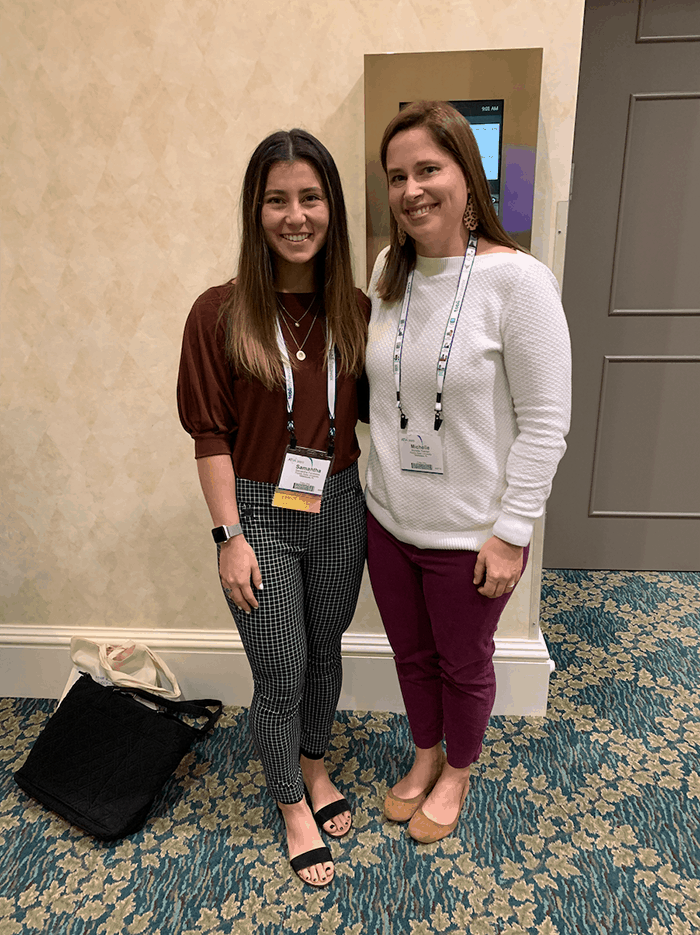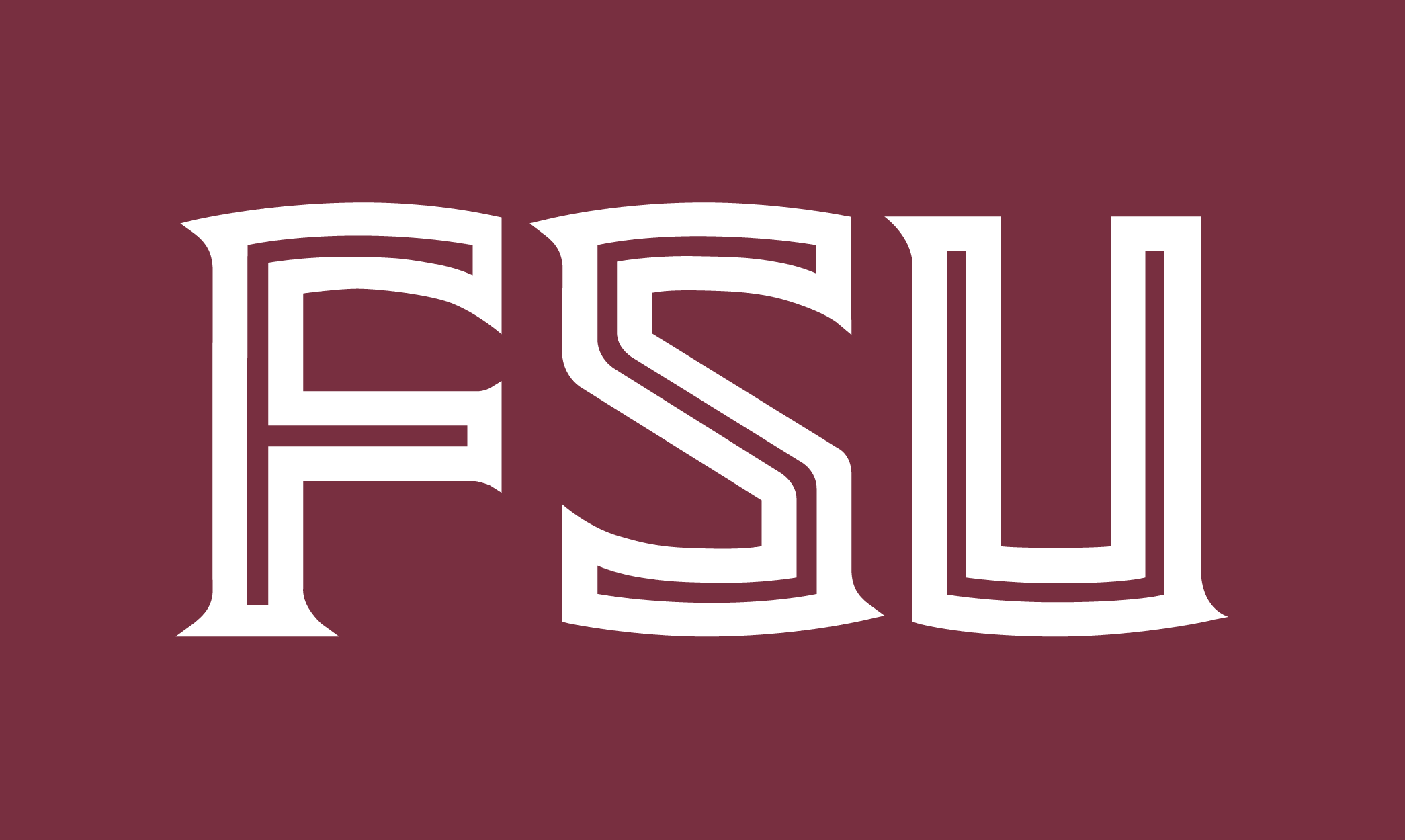
In February, faculty members in the School of Communication Science and Disorders took a trip to Orlando for the Assistive Technology Industry Association’s (ATIA) 2020 Conference. The ATIA is the premier organization for manufacturers, sellers and providers of assistive technology. These are products, equipment, and systems that enhance learning, working, and daily living for people with disabilities.
Assistant Professor Michelle Therrien presented with Masters student Samantha Furukawa on their playground research. Their presentation was titled “Let’s Play! Playground Experiences of Children with Complex Communication Needs.” They reviewed the results of a survey of parents and teachers of children with disabilities who can’t use speech to meet all their communication needs. Typically, these children use gestures, facial expressions, and augmentative and alternative communication (AAC) systems to communicate, however, this often limits their ability to participate fully in social scenarios on playgrounds.
“ATIA draws a diverse crowd of parents, teachers, SLPs and other related professionals, along with industry representatives.” Dr. Therrien explains. “The attendees at our presentation were engaged – sharing their stories and offering suggestions and ideas. Ultimately, we hope to work with the assistive technology industry and playground manufacturers to create a supportive, inclusive playground environment for all children. ATIA gave us an opportunity to reach so many important stakeholders for that future work.”
Assistant Professor Andrea Barton-Hulsey also presented with the National Joint Committee for the Communication Needs of Persons with Severe Disabilities (NJC) which she is a member of. Dr. Barton-Hulsey represents the American Speech-Language Hearing Association (ASHA) on this committee. Her presentation was titled “Utilizing AAC Training Resources from the National Joint Committee for the Communication Needs of Persons with Severe Disabilities (NJC)”. (Authors in alphabetical order: Andrea Barton-Hulsey, Susan Bruce, Karen Erickson, Amy Goldman, Beth Mineo, Bill Ogletree, Diane Paul, MaryAnn Romski, Rose Sevcik, Mari Therrien). One of the co-authors, Mari Therrien, is a research associate in the School of Communication Science and Disorders. Mari is also a member of the NJC as the American Physical Therapy Association representative.

